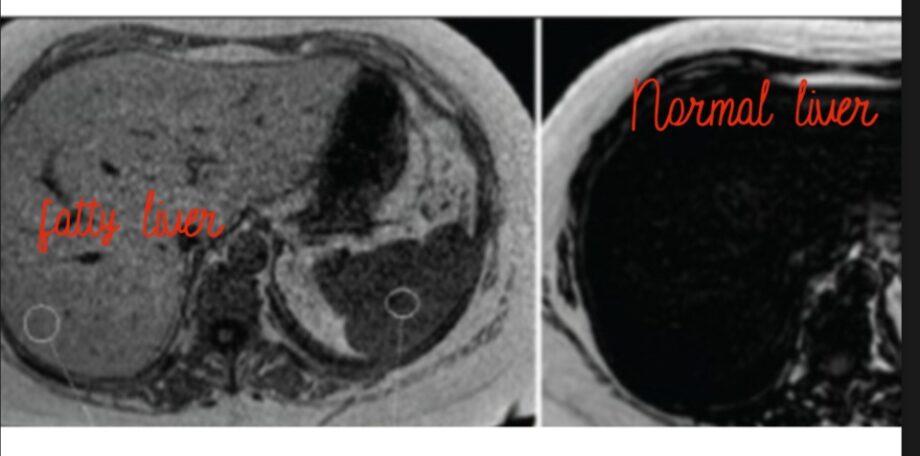Author: sctri48
Myself a doctor. I write reviews, blogs and interesting posts on travel, life, motivation, know yourself, your body, health including mental health, diet, universe and many more. I'm topmost review writer and photographer at trip advisor.com and at Google map, where my photographs have got more than 12 million views. Satish Tripathi


